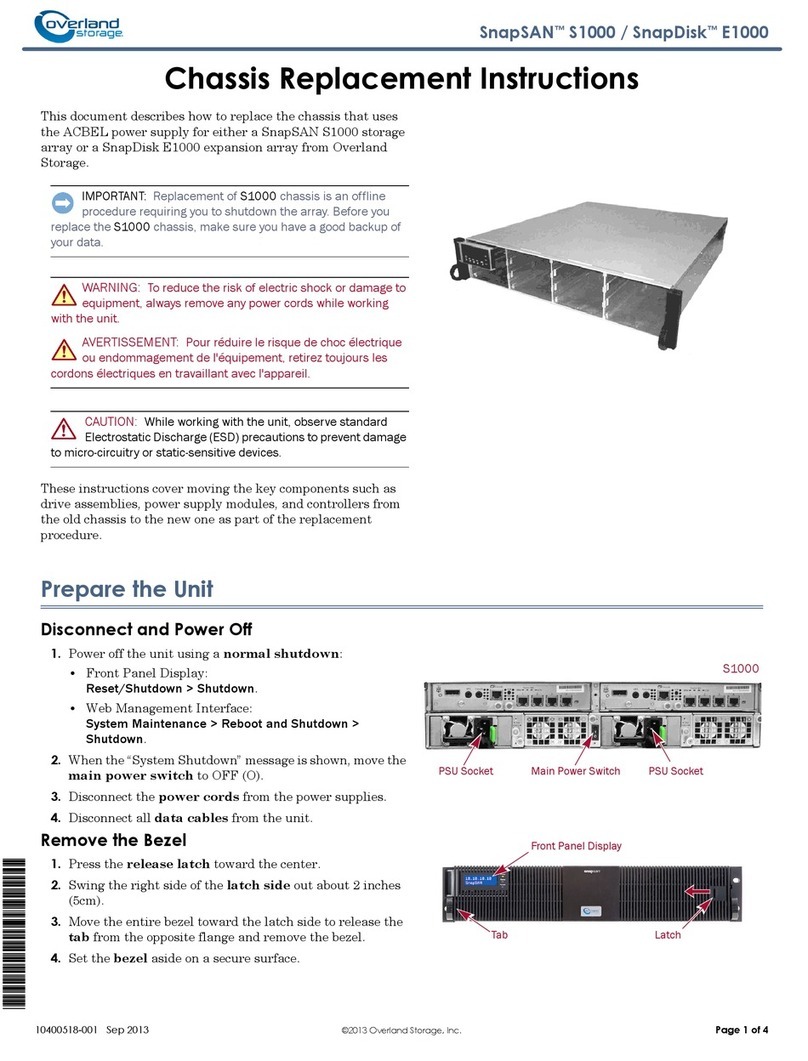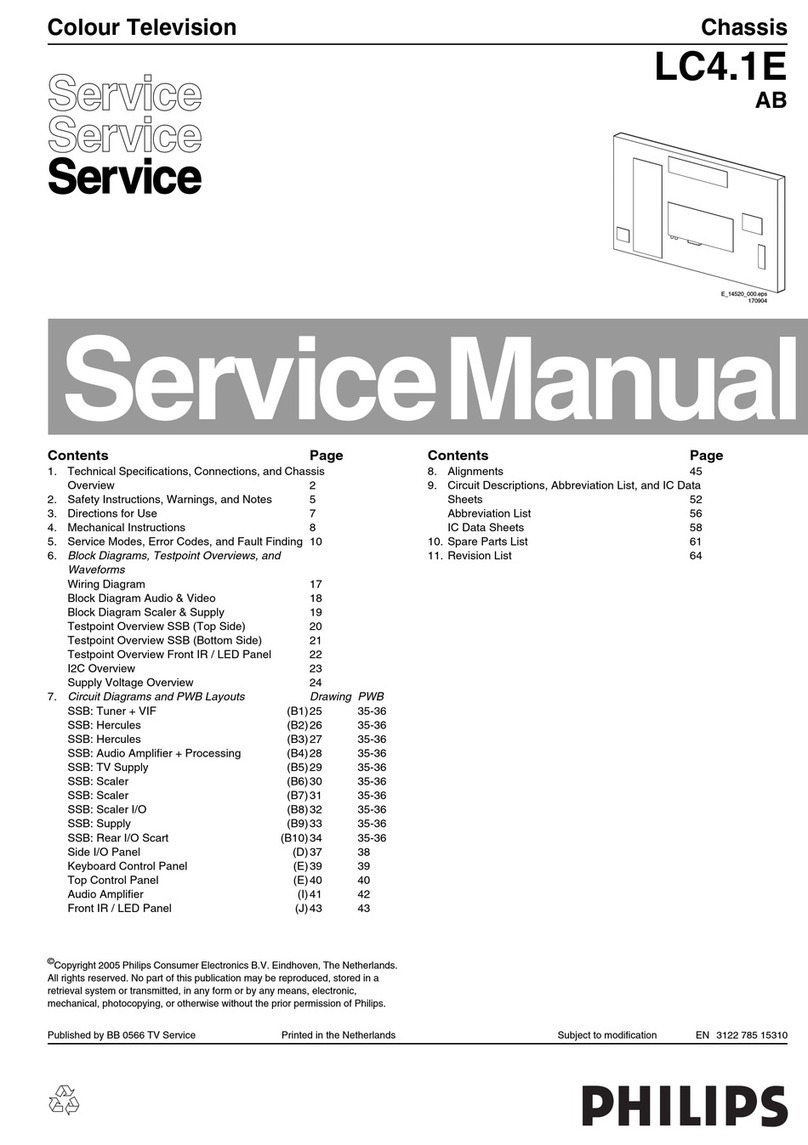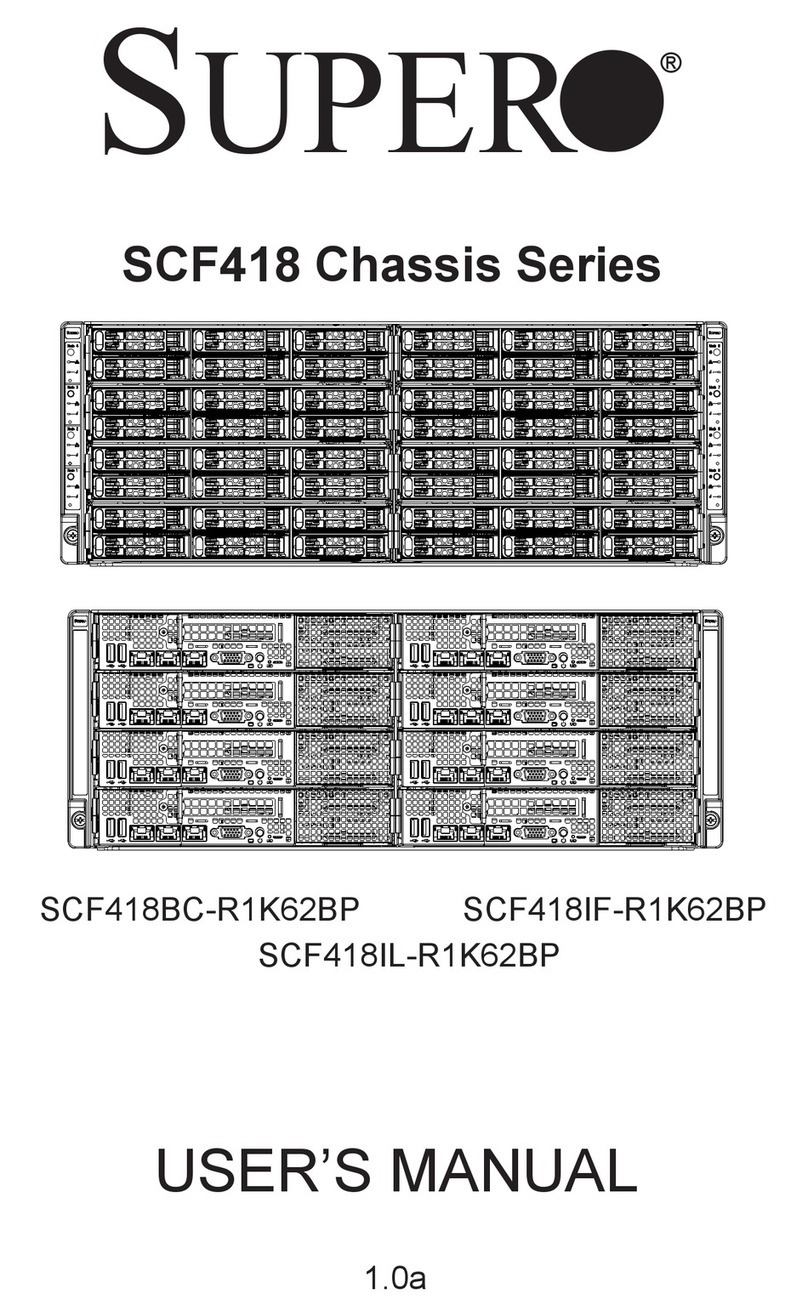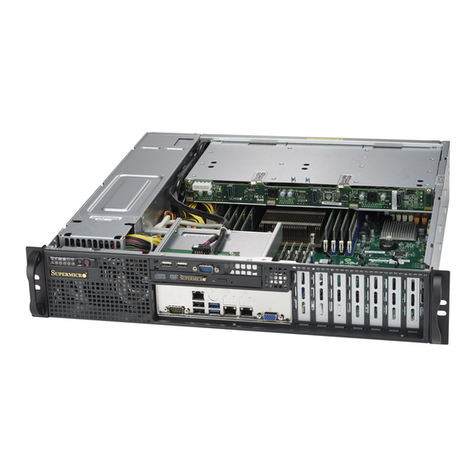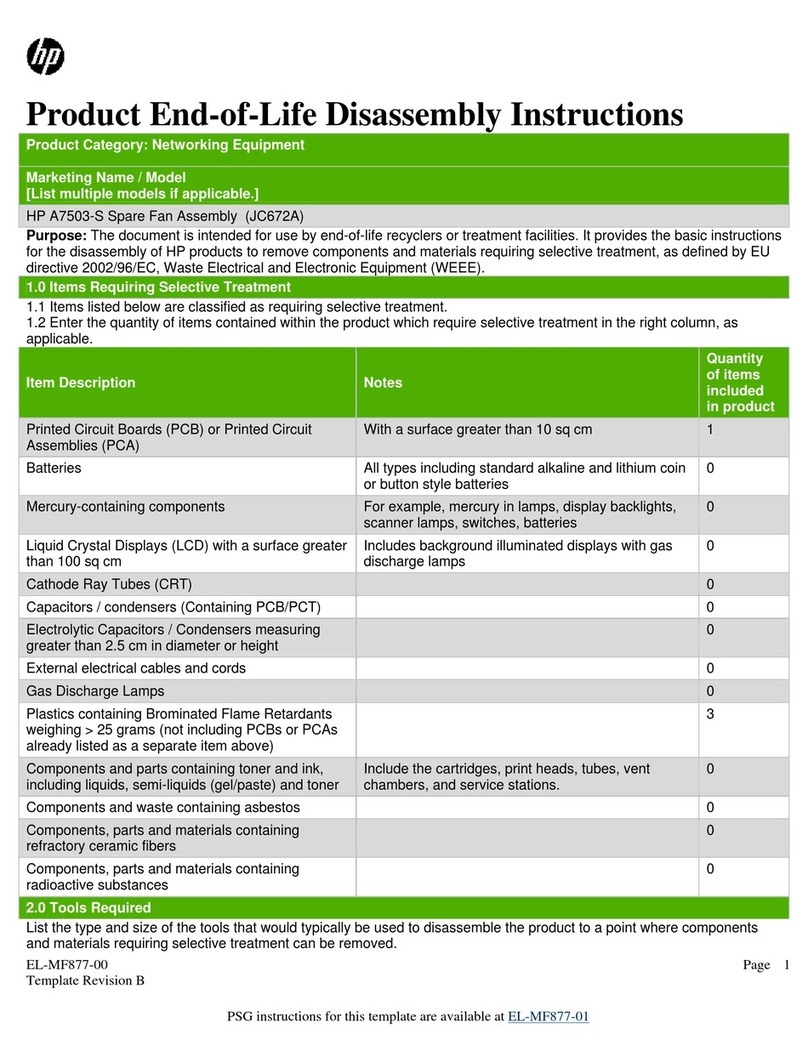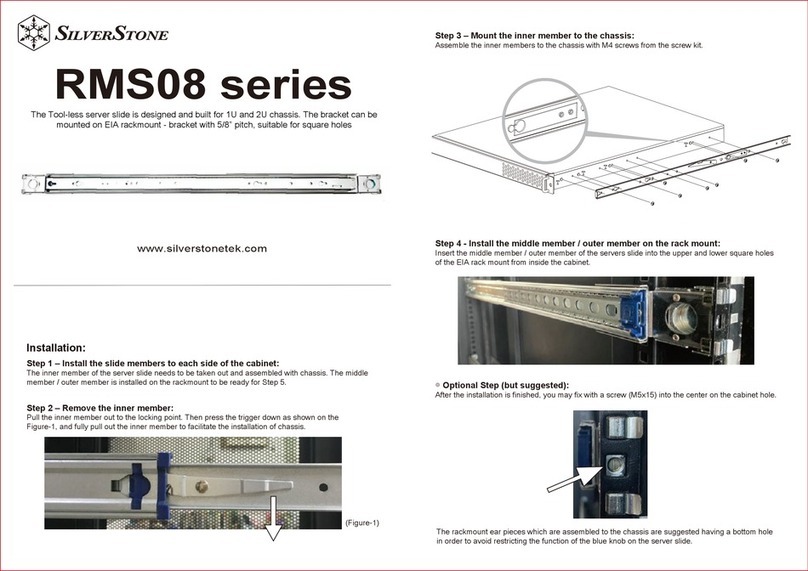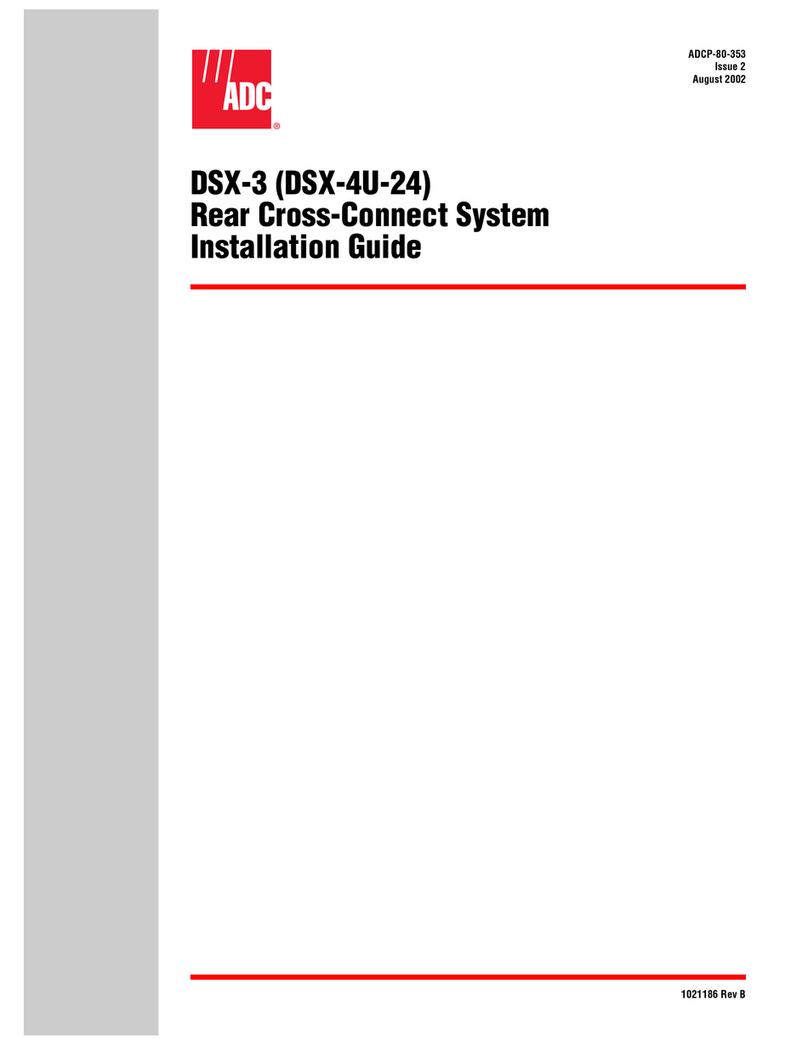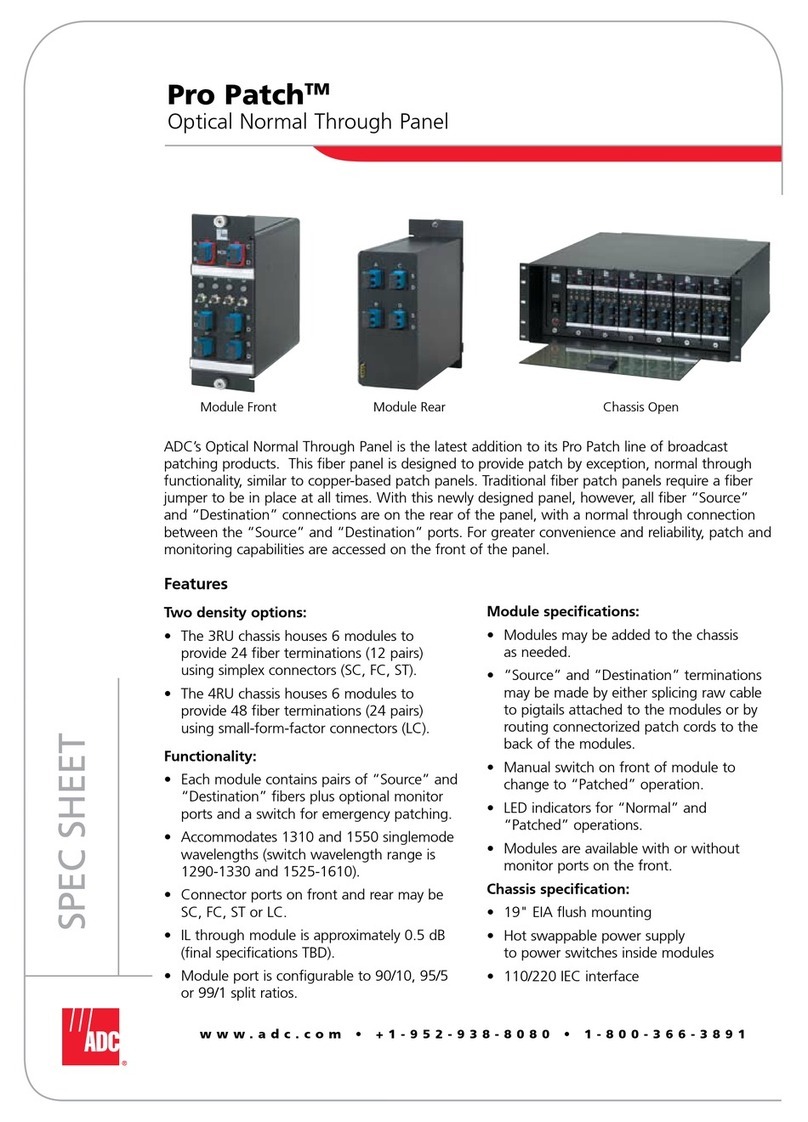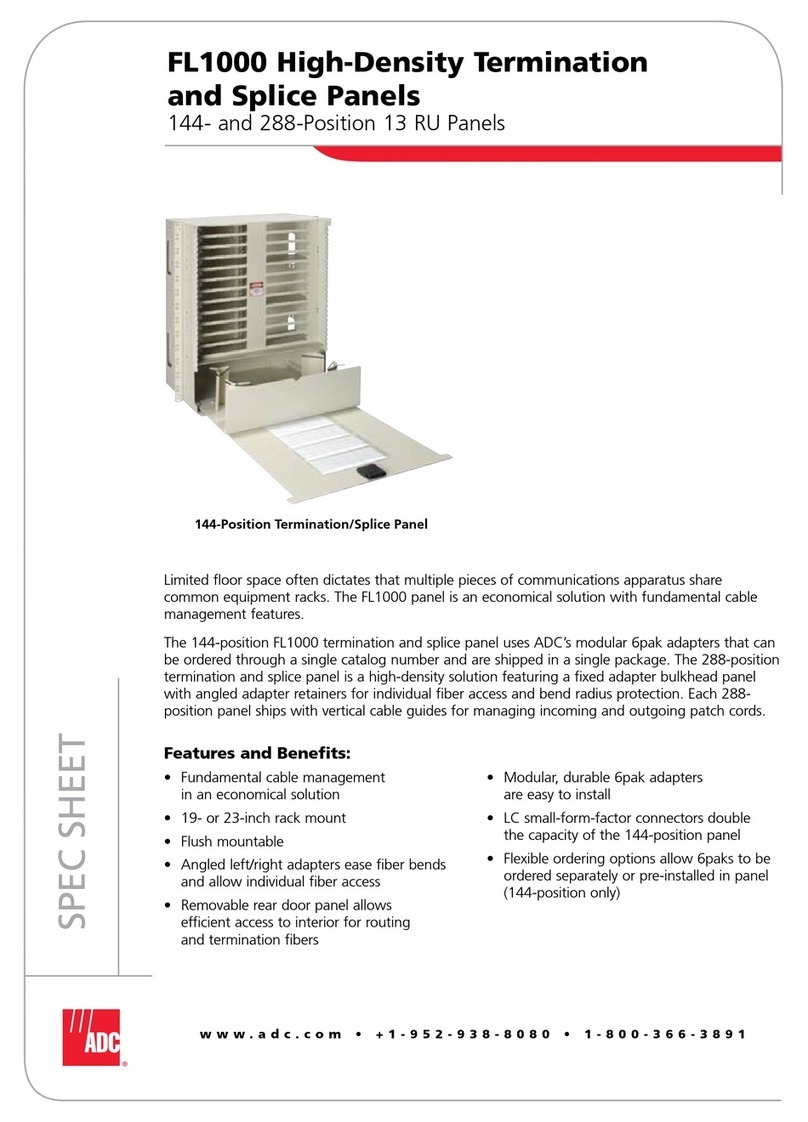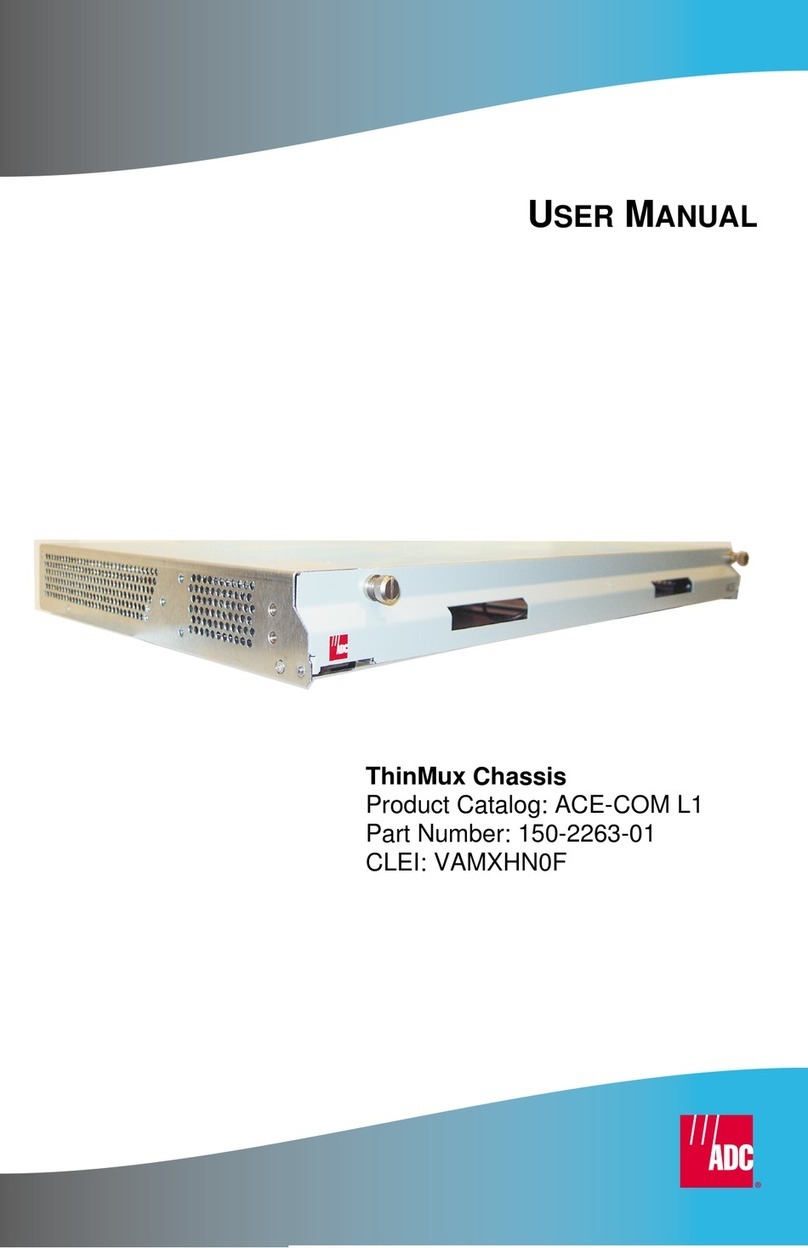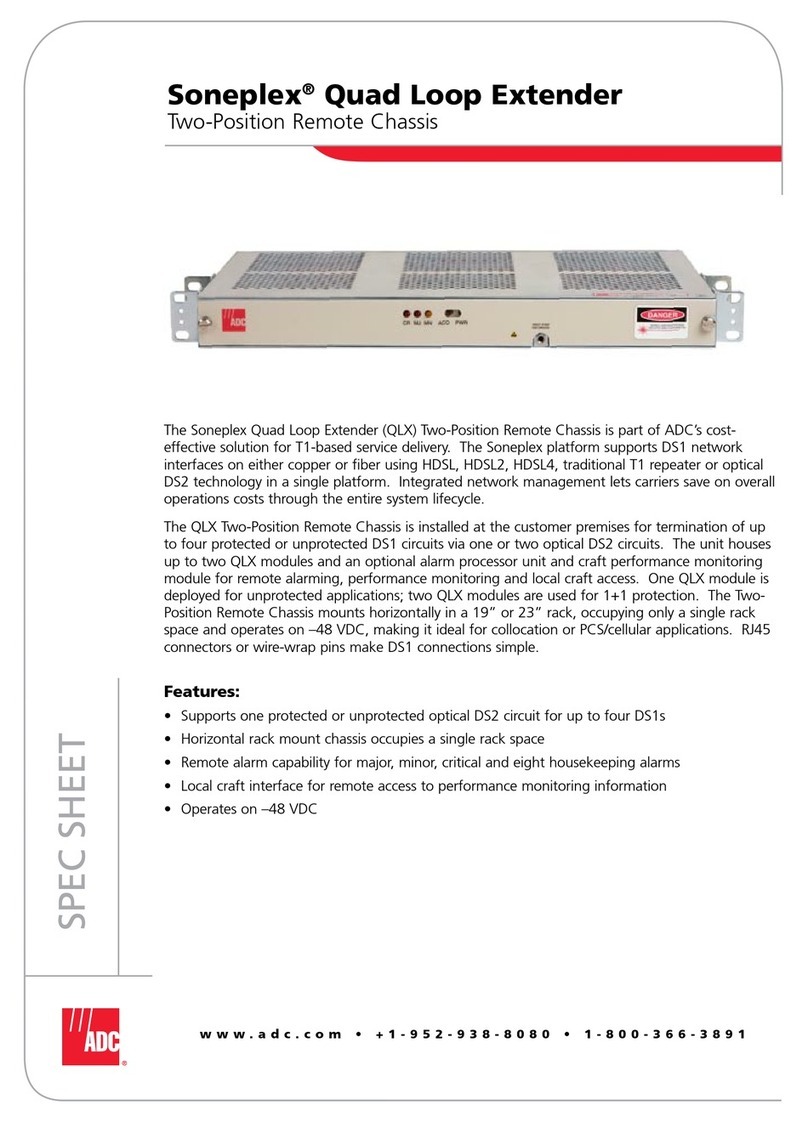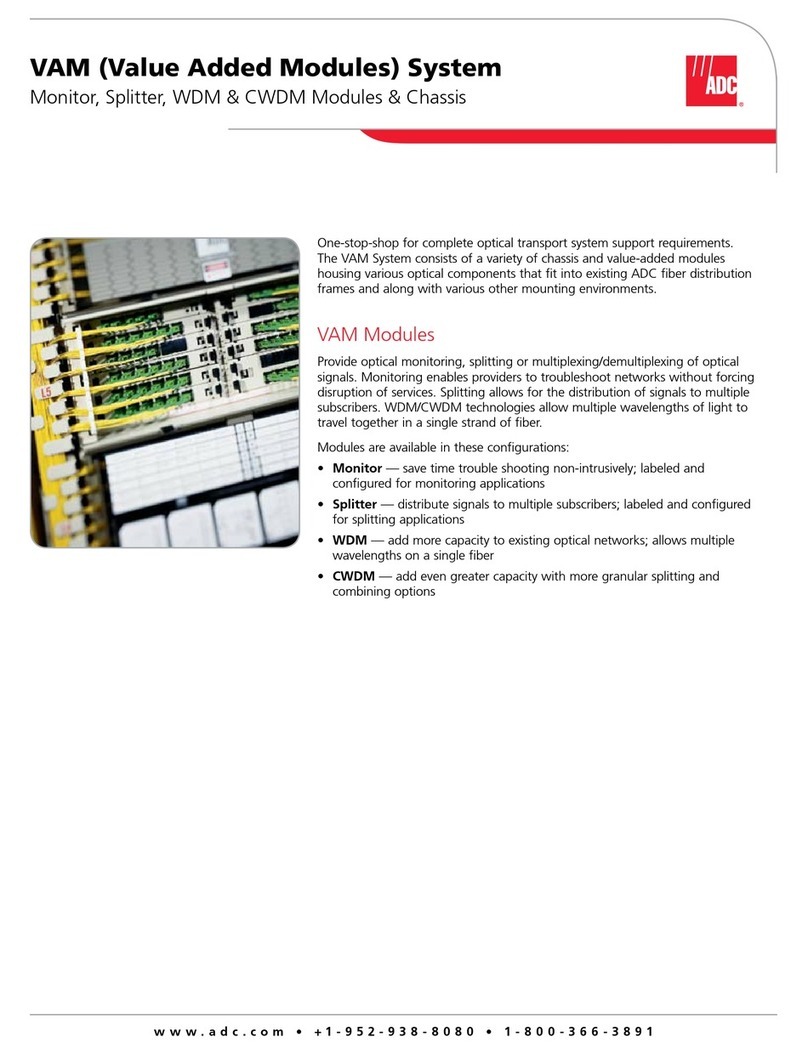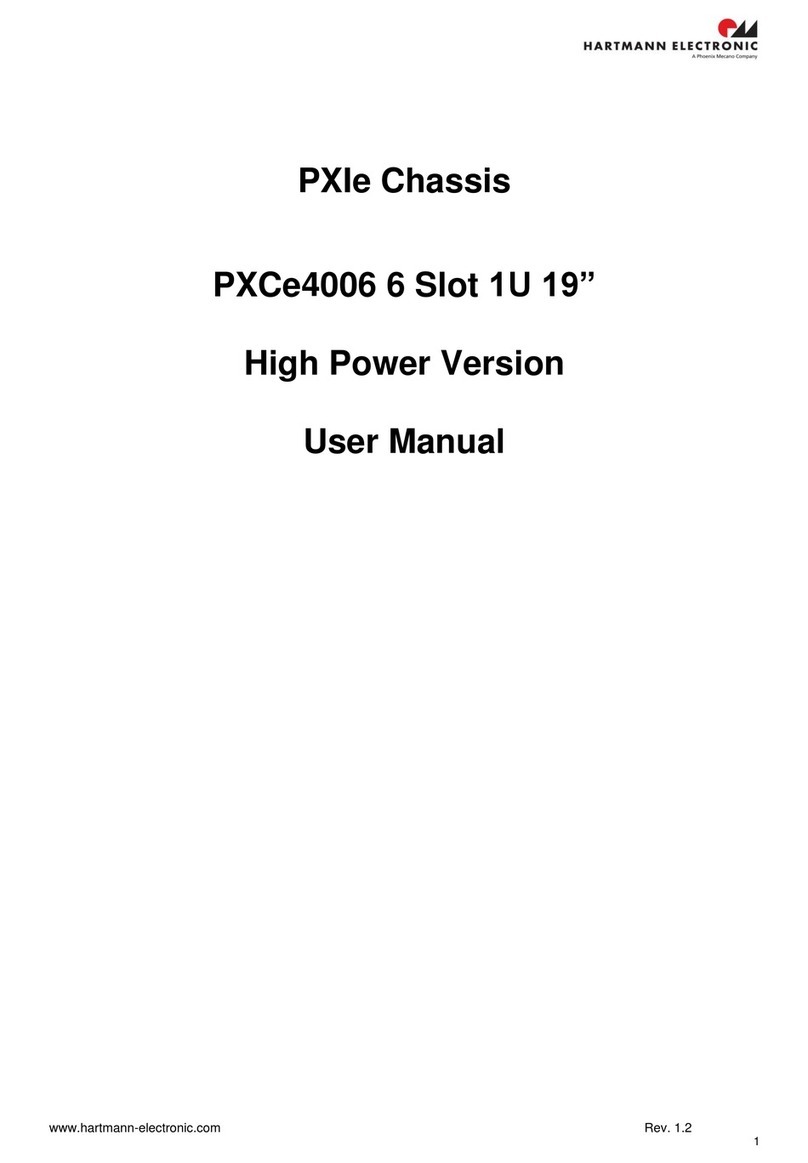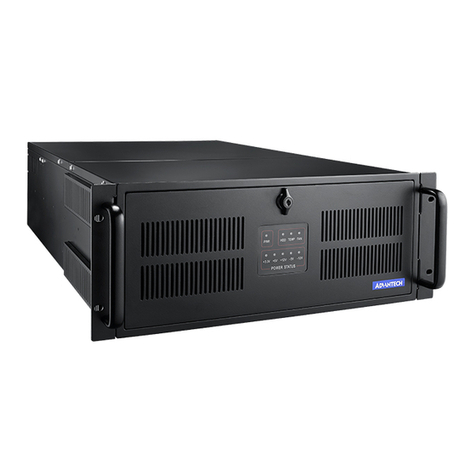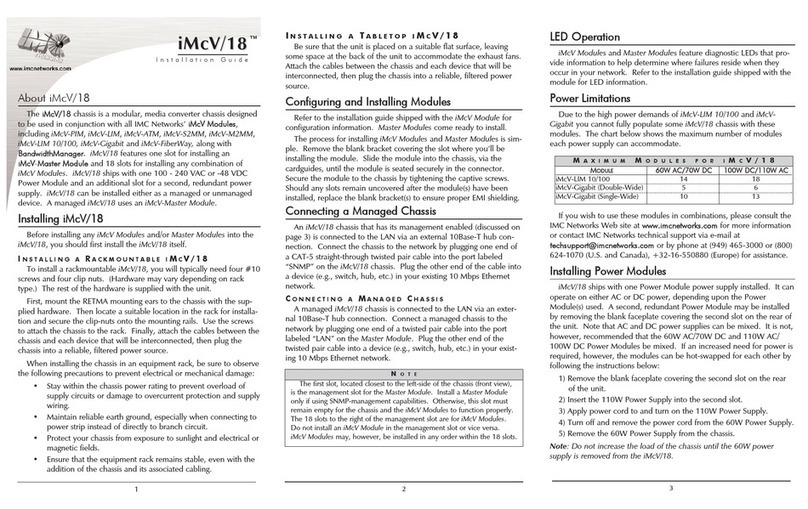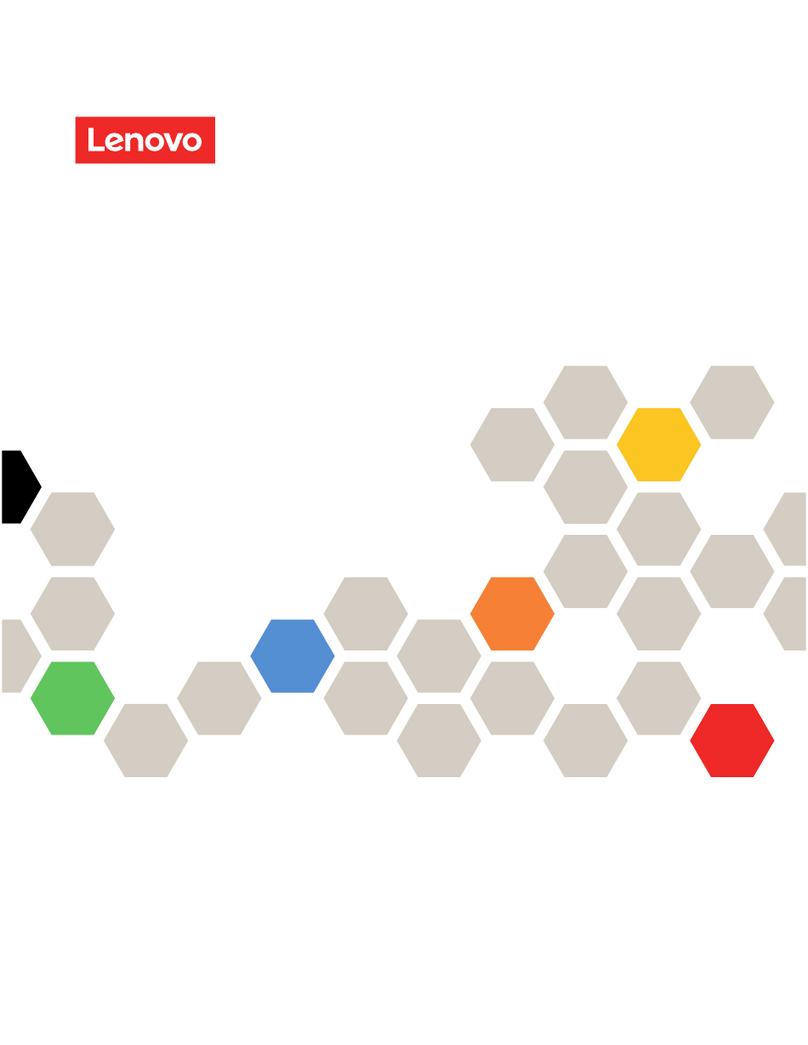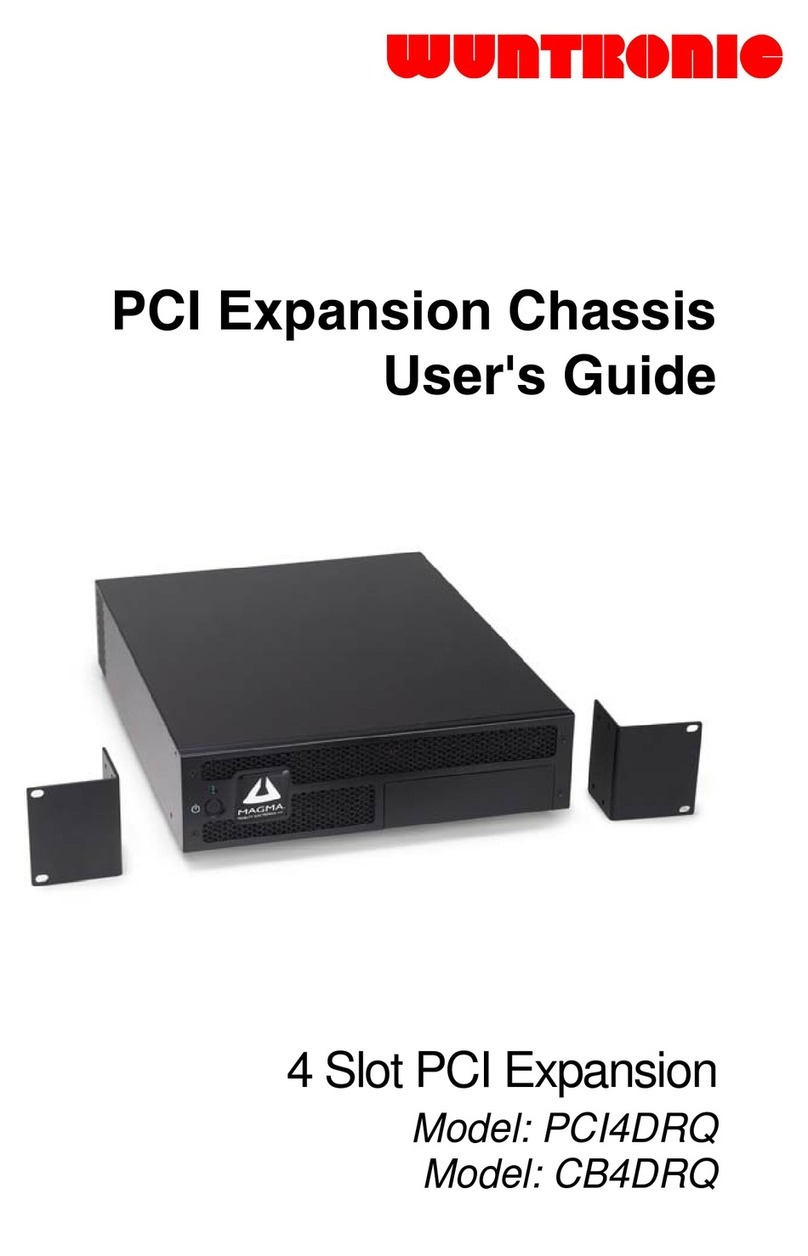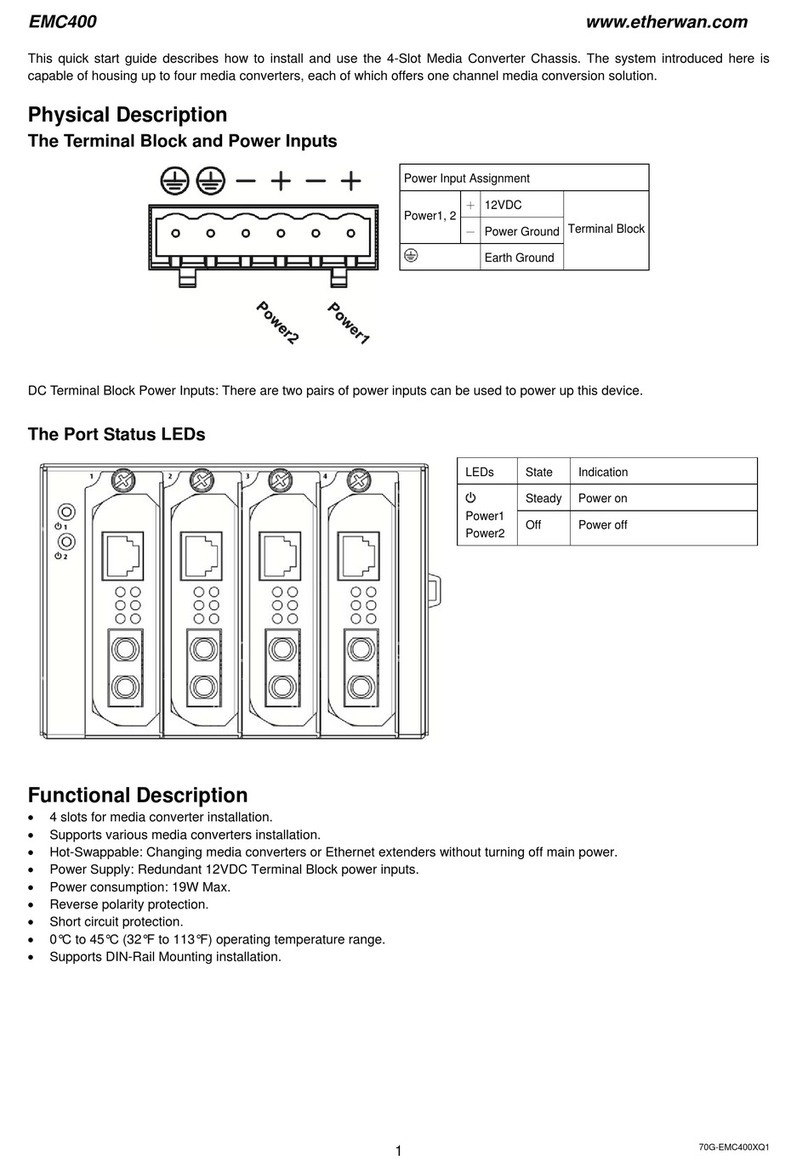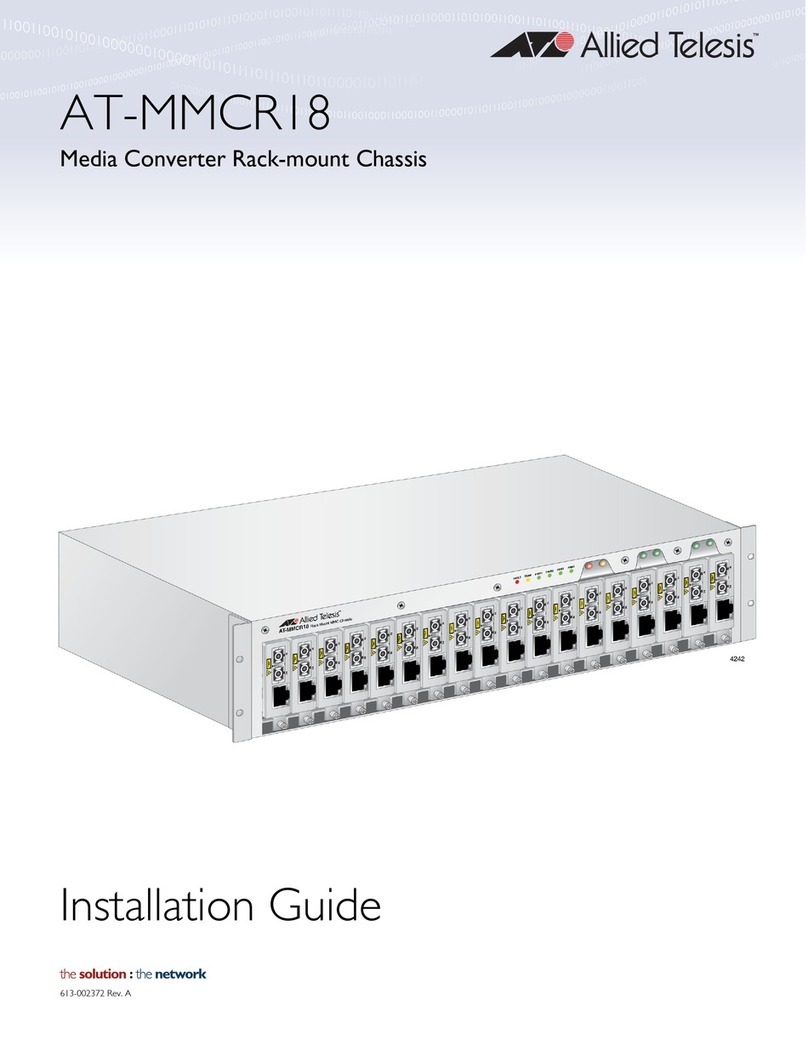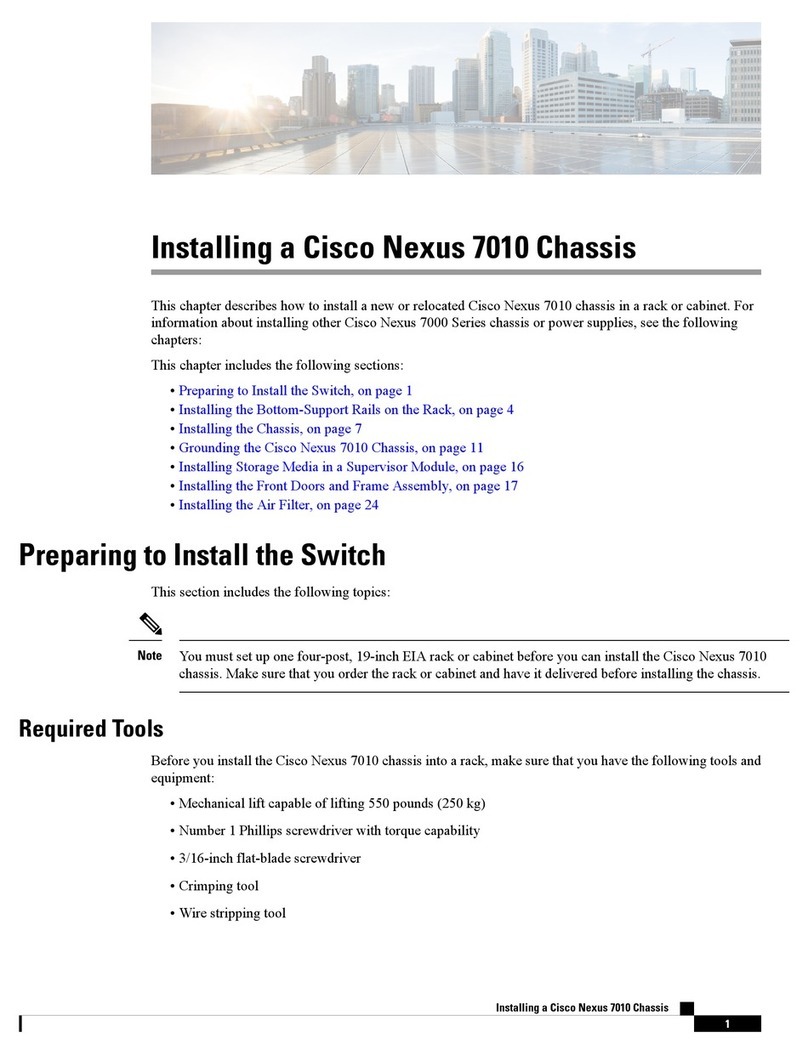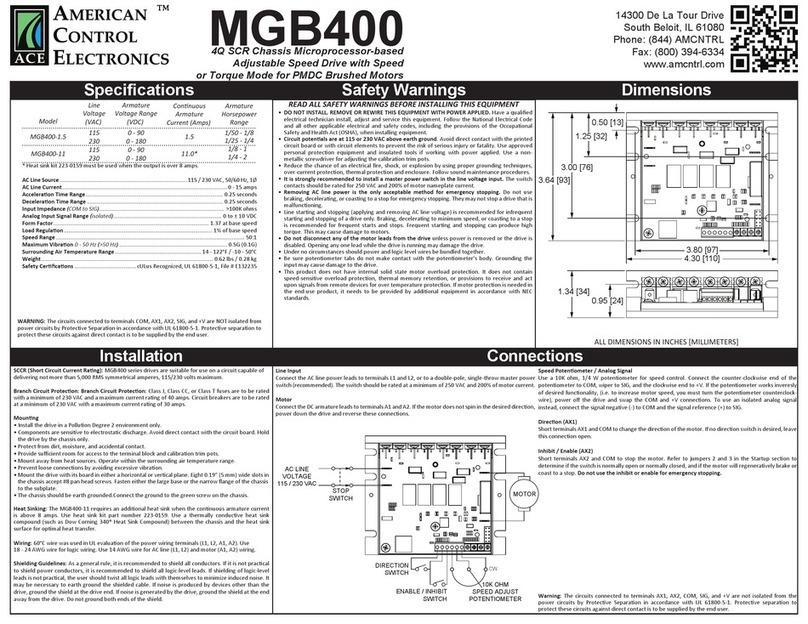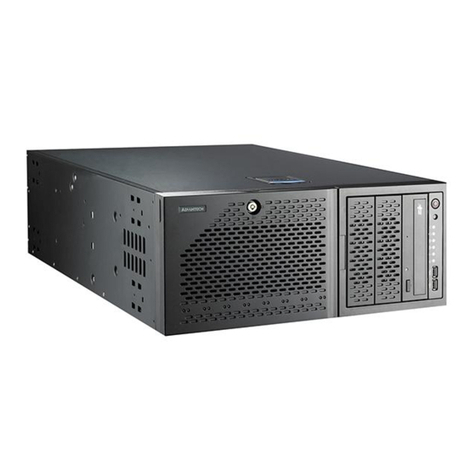
ADCP-80-552 •Issue 2 •November 2000
1138074 Rev A Page 1
2000, ADC Telecommunications, Inc.
DSXpert™2005 Chassis
DS3/E3 Remote Test Access System
Installation Instructions
Content Page
INTRODUCTION........................................................................... 1
Revision History ..................................................................... 2
Trademark Information................................................................. 2
Related Publications .................................................................. 2
Admonishments ..................................................................... 2
General Safety Precautions.............................................................. 3
FCC Compliance Statement.............................................................. 3
List of Acronyms and Abbreviations ........................................................ 4
1 GENERAL .......................................................................... 4
1.1 Chassis Diagrams .............................................................. 4
1.2 Description ................................................................... 5
1.3 Outline of Installation ............................................................ 5
2 INSTALLATION ...................................................................... 6
2.1 Hardware .................................................................... 6
2.1.1 Chassis .............................................................. 6
2.1.2 Blank Panels ........................................................... 7
2.1.3 Line Access Cards ....................................................... 8
2.1.4 Test Equipment Card...................................................... 10
2.1.5 Control Card ........................................................... 11
2.1.6 Power Supplies ......................................................... 17
2.2 Cable Routing ................................................................. 17
2.2.1 DS3/E3 Line Ports........................................................ 17
2.2.2 DS3/E3 Test Ports........................................................ 20
2.2.3 COMM Ports ........................................................... 22
2.2.4 AUX/Local Port.......................................................... 26
2.3 Power Connection .............................................................. 28
3 NETWORK CONFIGURATION ............................................................. 29
4 SYSTEM VERIFICATION................................................................. 31
4.1 LED Test..................................................................... 31
5 CUSTOMER INFORMATION AND ASSISTANCE .................................................. 32
INTRODUCTION
This manual provides procedures for installing the DSXpert 2005, DS3/E3 Remote Test
Access System modular chassis and corresponding chassis components. The manual is
intended for use at communications network facilities and users who monitor and maintain the
network.
